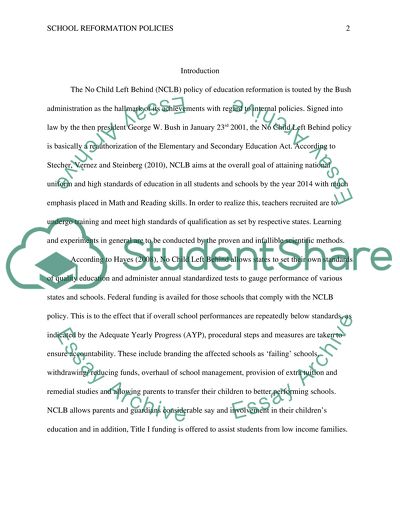Cite this document
(“School Reformation Policies Essay Example | Topics and Well Written Essays - 1500 words”, n.d.)
School Reformation Policies Essay Example | Topics and Well Written Essays - 1500 words. Retrieved from https://studentshare.org/education/1482456-school-reformation-policies
School Reformation Policies Essay Example | Topics and Well Written Essays - 1500 words. Retrieved from https://studentshare.org/education/1482456-school-reformation-policies
(School Reformation Policies Essay Example | Topics and Well Written Essays - 1500 Words)
School Reformation Policies Essay Example | Topics and Well Written Essays - 1500 Words. https://studentshare.org/education/1482456-school-reformation-policies.
School Reformation Policies Essay Example | Topics and Well Written Essays - 1500 Words. https://studentshare.org/education/1482456-school-reformation-policies.
“School Reformation Policies Essay Example | Topics and Well Written Essays - 1500 Words”, n.d. https://studentshare.org/education/1482456-school-reformation-policies.


